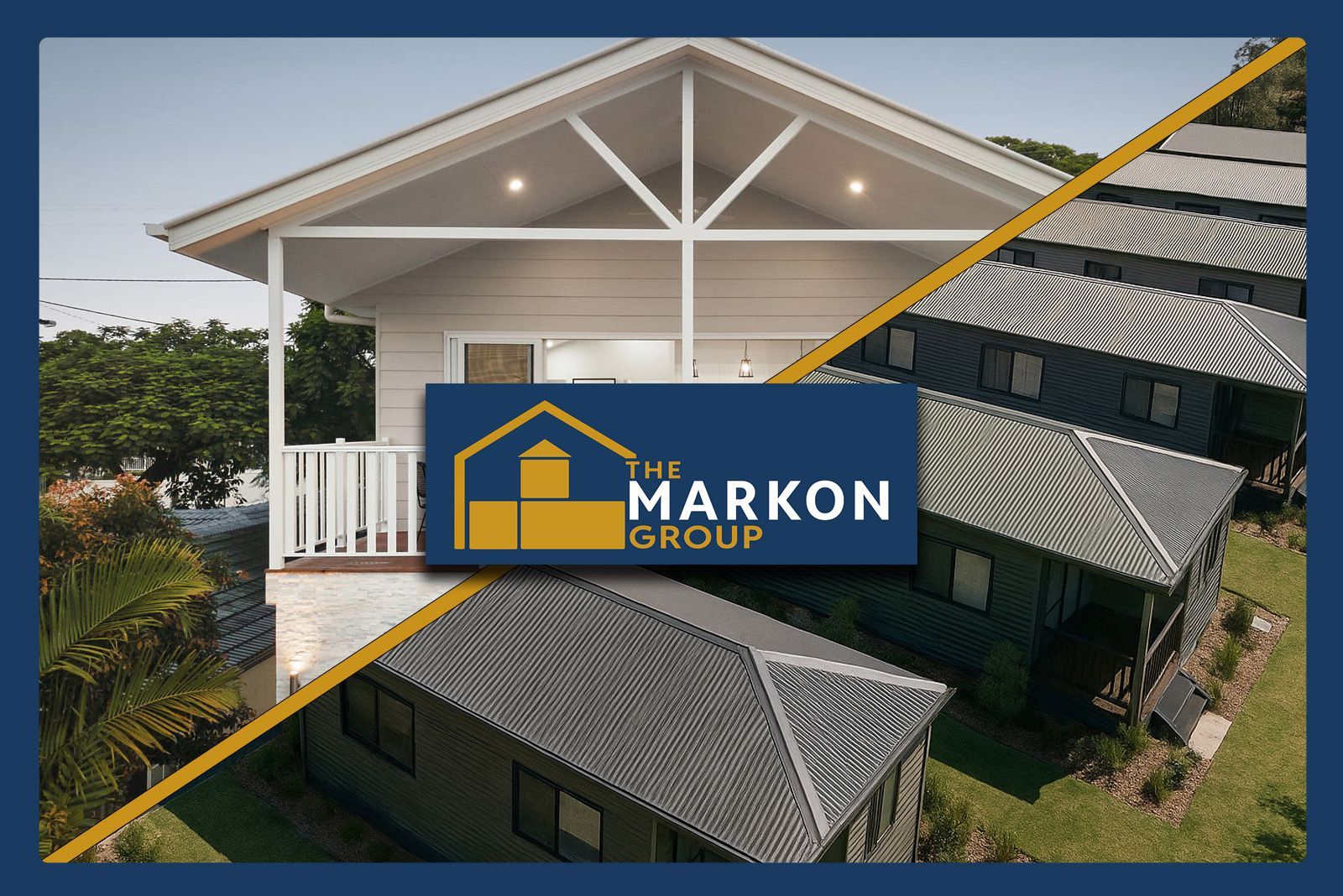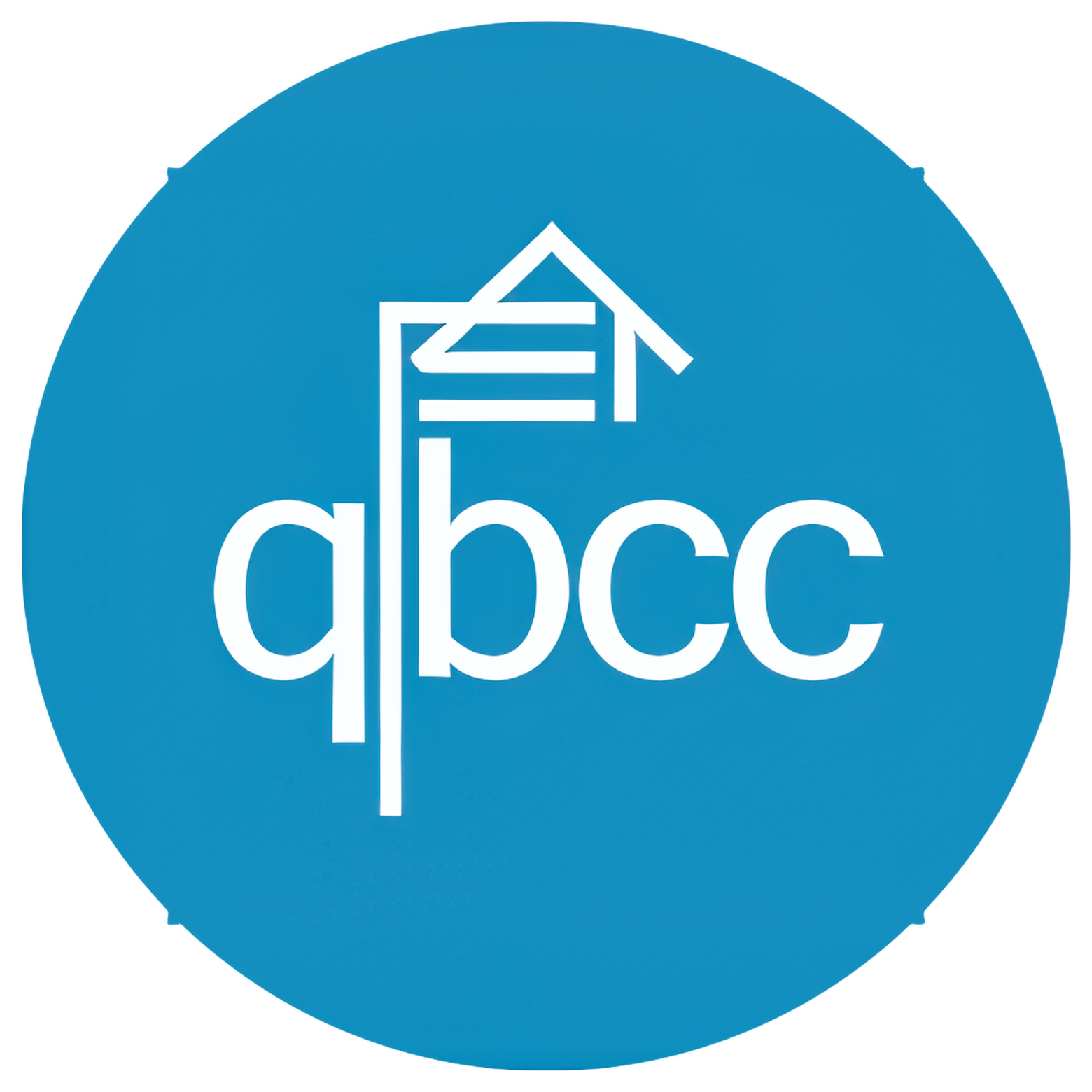Ethernet Everywhere: Future-Proofing Your Home for High-Speed Internet – Why Ethernet Still Matters in the Wi-Fi Age
Wi-Fi Rules the Day.....

But Ethernet Still Wins the Race !
Walk into any modern home today and you’ll see wireless devices everywhere — smartphones, tablets, laptops, voice assistants, smart speakers, and even fridges. Wi-Fi has become so synonymous with internet access that many people think Ethernet cabling is a relic of the past. After all, why deal with cords when the airwaves deliver everything you need?
But while Wi-Fi offers undeniable convenience, Ethernet still provides the gold standard for performance, stability, and future-proofing. A properly designed Ethernet setup can quietly underpin your entire home network, ensuring seamless streaming, lag-free gaming, rock-solid work-from-home performance, and reliable connections for the growing number of smart devices entering our lives.
The truth is, the future is wired and wireless together. Wi-Fi gives us mobility, but Ethernet provides the backbone that ensures Wi-Fi (and everything else) works properly. If you’re building, renovating, or simply trying to improve your network, Ethernet deserves more than a passing thought — it should be part of your long-term plan.
The Forgotten Devices That Still Rely on Ethernet
Smart TVs – The Streaming Workhorse
Smart TVs are the digital centrepiece of most homes. They stream ultra-high-definition 4K and even 8K content, connect to gaming services, and integrate with sound systems. But streaming video is bandwidth-hungry — one 4K Netflix stream can use up to 25 Mbps. Add two or three streams in a household, plus phones, tablets, and laptops competing for Wi-Fi, and you’ll quickly see buffering.
Ethernet solves this by delivering a consistent pipeline of bandwidth directly to the TV. Many premium TVs include Ethernet ports for exactly this reason. Some budget models don’t, so it’s worth checking for an Ethernet jack before you buy.
Gaming Consoles – Every Millisecond Matters
Gamers live and die by latency. A lag spike during a competitive online match can ruin the experience. Consoles like Xbox and PlayStation support Ethernet natively, and even the Nintendo Switch works with a USB-to-Ethernet adaptor.
Consider this:
- Wi-Fi ping times often hover between 20–50ms (and fluctuate).
- Wired Ethernet pings are typically 1–5ms, rock steady.
That difference means smoother gameplay, faster downloads for 100GB+ game updates, and fewer arguments when multiple people are online at once.
Printers and Home Office Equipment
If you’ve ever tried to print over Wi-Fi and had the printer disappear from your network mid-job, you know the frustration. Printers, scanners, and home office setups work more reliably when wired. And in the age of hybrid work, stability is everything — no one wants their Zoom call dropping because a neighbour’s microwave interfered with the Wi-Fi signal.
Media Servers, NAS, and Streaming Boxes
Network-attached storage (NAS) devices and media servers push large files around the home. Whether you’re watching 4K movies from your Plex server or backing up family photos, Wi-Fi often bottlenecks. A gigabit Ethernet link ensures everything flows smoothly. Streaming devices like Apple TV and NVIDIA Shield also benefit from a wired connection, especially for 4K HDR.
Big Homes vs Small Homes – Why Ethernet Matters Everywhere
The Challenge of Large Double-Storey Homes
Bigger homes often mean bigger connectivity headaches. Thick walls, long hallways, and concrete floors create Wi-Fi dead zones. Families with double-storey homes often find Wi-Fi works beautifully downstairs, but upstairs bedrooms or studies get a weak signal.
The most effective fix is to install Ethernet-wired access points in strategic spots. Instead of relying on one router struggling to beam through walls and floors, you deploy multiple access points connected via Ethernet. Each access point provides full-strength Wi-Fi, creating a mesh of reliable coverage.
Example: A Two-Storey Queensland Home
- Ground floor: NBN connection in garage → router → Ethernet wiring to living room TV, home office, and stair landing.
- Upstairs: Access point on landing provides seamless coverage to bedrooms and study.
- Outcome: No dead zones, no buffering, and all gaming consoles wired for stability.
Smaller Homes Still Benefit
Even in smaller single-storey homes, Ethernet makes a difference. A few strategic runs to the TV wall, the home office desk, and the garage hub ensure you’re covered. It’s like insurance — you might not need Ethernet every day, but when you do, nothing else compares.
Wi-Fi Access Points: The Smarter Alternative
Most people only think of Wi-Fi in terms of the modem-router supplied by their internet provider. They set it up in the garage or living room and hope the signal reaches every corner of the house. In smaller homes this might work, but in larger or double-storey homes, it’s rarely enough. That’s where Wi-Fi access points (APs) come in.
Why Access Points Beat Extenders
Plug-in Wi-Fi extenders are cheap, easy, and tempting. You just plug one into a power socket and it rebroadcasts your existing signal. But there are serious downsides:
- Halved bandwidth: Every time the extender retransmits, it eats into speed.
- Increased latency: Extra “hops” between devices mean laggy performance.
- Weak backhaul: Since extenders rely on the same Wi-Fi they’re boosting, they inherit any instability.
Access points, by contrast, are wired via Ethernet back to your router or switch. That means they broadcast a full-strength signal as if it were coming directly from your main modem. Each AP works like a brand-new router — but they all operate on the same network, seamlessly.
Cost Differences
- Wi-Fi extenders: $40–$150, but performance is often disappointing in big homes.
- Mesh Wi-Fi kits: $400–$1,000 depending on brand and number of nodes. Better than extenders, but unless the mesh nodes are Ethernet-wired (“backhaul”), speeds can still bottleneck.
- Dedicated access points (APs): $150–$400 per unit. Professional-grade brands like Ubiquiti, TP-Link Omada, or Aruba provide enterprise-level coverage for the cost of a premium router.
Complexity of Setup
- Extenders: Plug-and-play, but poor long-term performance.
- Mesh Wi-Fi: Easier to configure via phone apps, but still requires correct placement and, ideally, Ethernet wiring.
- Access Points: Slightly more complex setup, usually requiring mounting on walls/ceilings and running Ethernet back to a central switch or router. However, most modern AP systems are app-managed and straightforward once installed.
Pro tip: If you’re already running Ethernet during a build or renovation, the extra step of wiring in a few access points is minor compared to the benefit of whole-home coverage.
What If My Home Hasn’t Been Wired for Ethernet?
Not every home has Ethernet ports in the walls. In fact, many Australian homes built in the 1990s and 2000s were never designed with structured cabling in mind. If you don’t have Ethernet wiring, you’ll naturally look at wireless extension options to improve coverage.
1. Wi-Fi Range Extenders (Repeaters)
- Pros: Cheap ($40–$150), easy to set up.
- Cons: Halve bandwidth, increase latency, poor for gaming/4K.
Reliability rating: ⭐⭐☆☆☆
2. Mesh Wi-Fi Systems
- Pros: Seamless roaming, great coverage, easy setup.
- Cons: Wireless backhaul slows down speeds compared to Ethernet-wired mesh.
Reliability rating: ⭐⭐⭐⭐☆
3. Powerline Adapters (Ethernet over Power)
- Pros: Bypasses Wi-Fi, affordable, uses electrical wiring.
- Cons: Unstable if wiring is old or noisy.
Reliability rating: ⭐⭐⭐☆☆
4. 4G/5G Wireless Hotspots
- Pros: Works in detached areas, sheds, or granny flats.
- Cons: Requires separate data plan, not integrated with main network.
Reliability rating: ⭐⭐☆☆☆
👉 If rewiring isn’t an option, mesh Wi-Fi with multiple nodes is usually the best fallback.
The Technical Backbone – Cat 6, Cat 7, and Beyond
- Cat 5e: Outdated, only 1 Gbps.
- Cat 6: 1 Gbps up to 100m, 10 Gbps short runs.
- Cat 6a: 10 Gbps up to 100m — best for homes.
- Cat 7/8: Shielded, ultra-high speeds, overkill for most homes.
Recommendation: Install Cat 6a with conduits for future upgrades. It will serve your home for 20–30 years.
Ethernet Port Extenders & Switches
Switches expand a single Ethernet line into multiple ports:
- Unmanaged switches: Cheap ($30–$80), plug-and-play.
- Managed switches: ($150+), allow traffic control.
- Rack-mount switches: For larger homes with 10+ ports.
Example: One cable into a lounge → switch feeds TV, gaming console, and printer.
Ethernet for Security Cameras – Peace of Mind with a Wired Connection
Ethernet also enables wired security cameras.
- Power over Ethernet (PoE): Single cable supplies power + data.
- Reliable: No Wi-Fi dropouts or weak signals.
- High resolution: 4K/8K cameras supported.
- Centralised: All feed back to a Network Video Recorder (NVR).
Planning Outdoor Outlets
- Weatherproof wall plates (IP-rated).
- Conduits to protect cables.
- Common positions: front door, garage/driveway, backyard, side access.
What You’ll Need
- PoE switch or injector.
- NVR recorder.
- Cat 6a cabling.
- Weatherproof junction boxes.
👉 The Markon Group’s electrician and data specialist team can design and install the right layout for your security system.
Future-Proofing During a New Build or Renovation
- Run Ethernet during framing stage — cheapest time.
- Put ports in every bedroom, living space, and office.
- Create a garage hub for NBN box, router, and switch.
- Add conduits for future upgrades.
- Upgrade to FTTP (fibre-to-the-premises) if available during a knockdown rebuild.
Fibre Internet and Real-World Speeds
FTTP easily delivers 700–900 Mbps today, with 1–10 Gbps plans coming.
But Wi-Fi often bottlenecks these speeds:
- Router may give 900 Mbps.
- Upstairs phone only gets 150 Mbps.
Ethernet ensures you get the full plan speed on every device that matters.
Longevity and Cost Effectiveness
- 20–30 year lifespan for Cat 6a.
- Not prone to interference.
- Affordable during builds.
- Boosts resale value by making your home smart-ready.
FAQs – Common Questions
Q: Isn’t Wi-Fi 6 fast enough?
A: It’s fast, but still inconsistent compared to Ethernet.
Q: How many ports should I install?
A: One per bedroom, two per living room, two in the office.
Q: Where should the hub be?
A: Garage or utility room near the NBN box.
Q: Do I still need Wi-Fi?
A: Yes — for mobile devices. Ethernet makes Wi-Fi access points run at full speed.
Q: Should I wire a small home?
A: Yes. Even a few ports can make a big difference.
Q: What about the future?
A: Cat 6a will last decades. Add conduits for easy upgrades.
Conclusion: The Hidden Backbone of the Smart Home
Wi-Fi delivers convenience. Ethernet delivers certainty. It keeps your home office stable, your games lag-free, your TV streaming smoothly, your cameras secure, and your access points running at full power.
With fibre speeds only getting faster, the real bottleneck in most homes is Wi-Fi. Ethernet fixes that.
The Markon Group integrates Ethernet, security camera cabling, and fibre-ready solutions into new builds, knockdown rebuilds, and renovations. Contact us today to future-proof your home with a network built for decades to come.














